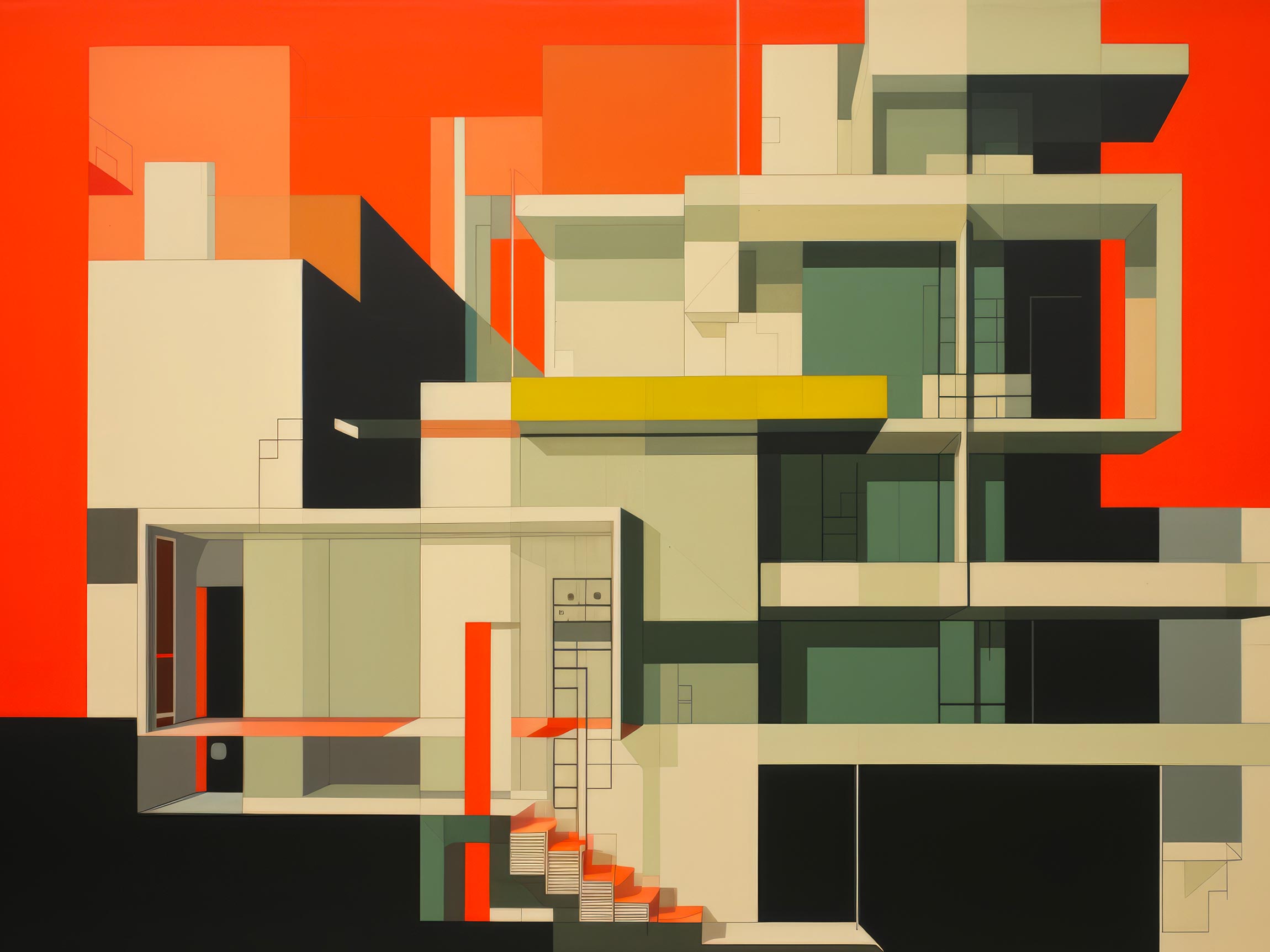In the world of design, much like in science, there’s an intricate structure that underpins every creation. Just like the elements of the periodic table form the basis of matter, the elements of design serve as the foundation for visual composition.
The Visual Periodic Table: Elements of Design
Design, in its essence, is a creative endeavor that involves the deliberate arrangement of elements to communicate an idea, evoke emotions, or drive a particular action. Just as the periodic table arranges chemical elements based on their atomic structure and properties, design elements are classified to enhance their impact on the viewer.
Balance: The Stable Foundation
In chemistry, balance refers to the equilibrium achieved when two opposing forces are equal. Similarly, in design, balance is the distribution of visual weight within a composition. There are two main types of balance: symmetrical and asymmetrical. Much like the stable equilibrium found in chemistry, symmetrical balance imparts a sense of stability and order, while asymmetrical balance creates a dynamic tension that mirrors the subtle imbalances found in chemical reactions.
Contrast: The Energetic Interaction
The concept of contrast is fundamental in both design and chemistry. In chemistry, contrasting elements with opposing properties create reactions that release energy. Similarly, in design, contrast creates visual energy, drawing the eye to specific elements and creating a sense of drama. The interplay of light and dark, color, and texture in design mirrors the reactions between elements in chemistry.
Harmony: The Cohesive Connection
Harmony is the amalgamation of diverse elements into a unified whole, a concept as essential in design as it is in the natural world. In chemistry, harmonious combinations of elements yield compounds with unique properties. Similarly, in design, the thoughtful blending of typography, colors, shapes, and imagery creates a cohesive visual language that resonates with the audience.
Rhythm: The Cadence of Design
Rhythm, in the context of design, is the repetition of visual elements to create a sense of movement and flow. In chemistry, rhythm finds its counterpart in the periodic nature of reactions and the pulsation of molecular vibrations. Design rhythm captures the viewer’s attention, guiding their eyes across the composition in a deliberate sequence, much like the rhythmic patterns in chemical interactions.
Unity: The Fusion of Elements
Unity is the culmination of all design elements working seamlessly together to convey a clear and cohesive message. In the realm of chemistry, elements unite to form compounds with distinct properties. Design unity is achieved through the strategic alignment of various elements, such as typography, imagery, and whitespace, resulting in a harmonious and impactful visual experience.
Emotion and Aesthetics: The Crossroads
Just as chemical reactions can evoke diverse emotions, design has the power to elicit feelings from the audience. In chemistry, reactions can range from explosive to serene, while in design, aesthetics play a pivotal role in setting the emotional tone. The color palette, typography choices, and imagery used in design create an emotional resonance that parallels the way chemical reactions can trigger varying emotional responses.
Innovation: A Meeting of Minds
The worlds of science and design share a common spirit of innovation. Just as scientists push the boundaries of knowledge, designers continually strive to break new ground and challenge conventions. The synthesis of these two worlds leads to groundbreaking innovations that can reshape industries and redefine possibilities.


